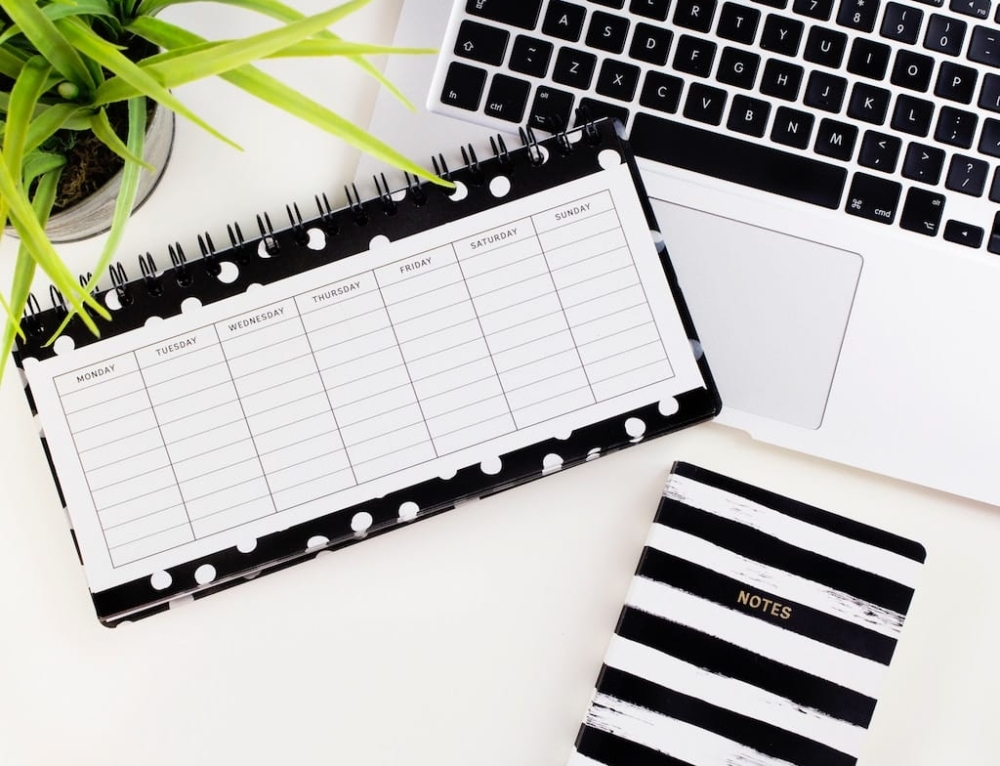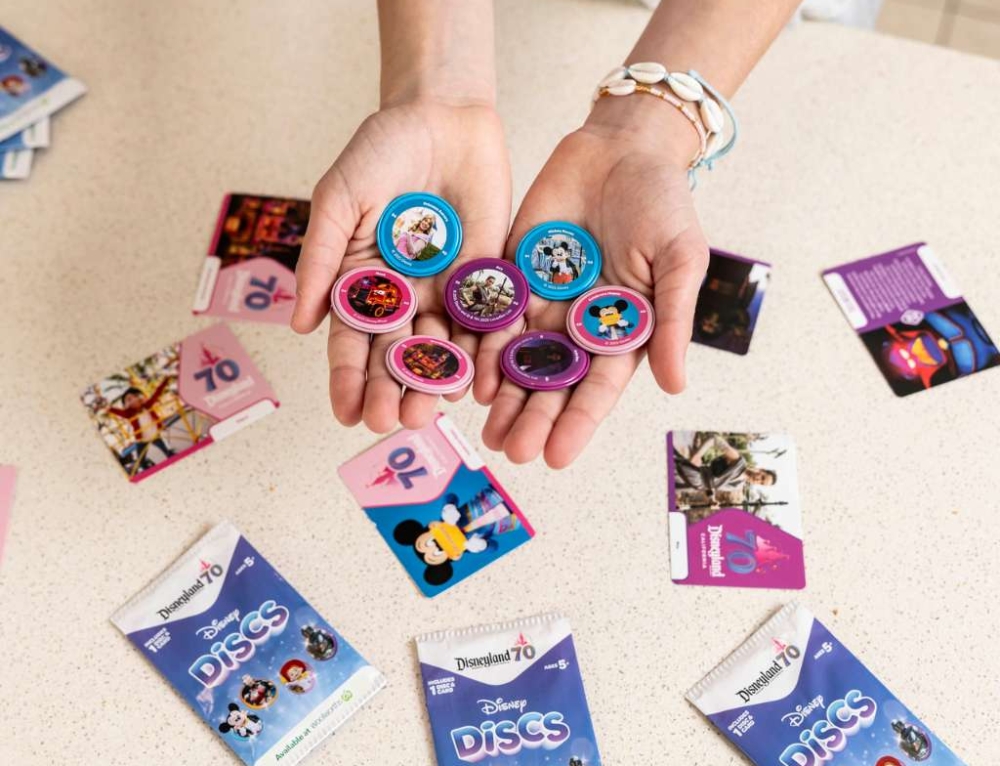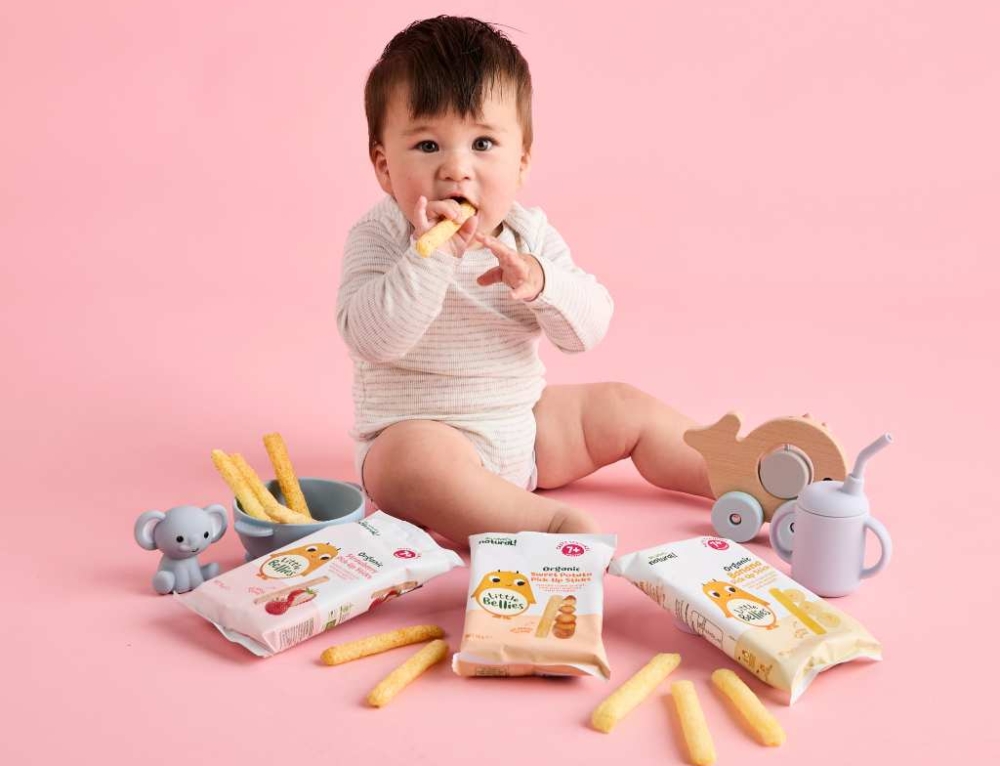Advertorial
Getting your kids ready to get back to school can be a daunting process. With stationary lists, school shoes, haircuts, bus passes and a stocked pantry with lunch supplies filling the minds of Kiwi parents, many forget one of the most important checks for all children… An eye health check.
Why should an eye health check be on the back to school checklist?
Children rely on vision to learn about the world around them. Currently, around 80% of what is taught in schools is presented visually, so being able to see clearly is incredibly important for your child’s development and to help them get the most out of school.
In New Zealand, it is estimated that as many as 1 in 4 children currently have an undiagnosed eye condition. On top of this, new research from New Zealand’s leading optometrist Specsavers, has revealed that up to 58% of children under the age of 16 have never had an eye health check. This means that there are currently around 225,000 Kiwi children whose education and wellbeing could be improved thanks to a simple eye health check.
What do optometrists say about this?
Specsavers Optometrist, Sima Lal, says; “Vision and eye health can have a major impact on a child’s development – not just on their education but on sports and social interactions as well.
With no visible symptoms, many parents assume their child’s eyes are healthy, but this may not be the case. This is the reason why so many eye disorders, mostly vision problems like myopia or short-sightedness, go undiagnosed.
Most young children find it hard to explain the difficulties they are experiencing or may be unaware they have a problem at all. It is vital that even if parents aren’t seeing symptoms they should still take their child for an eye exam.”
What does an eye health check entail?
An eye health check is a comprehensive test of the eye health and vision of your child and takes around 20 minutes for an optometrist to complete. Eye health checks can be booked online at a time that suits you, and at Specsavers, they are free for all children under 16.
When it comes to checking a child’s eyes, optometrists are specially trained to make the testing room as welcoming as possible. This includes using specially designed charts that allow children to recognise shapes or pictures, so even children unable to read can have their eyes tested.
After 8 is too late
Many parents don’t realise that long term eye issues such as a squint or lazy eye have a higher chance of being avoided if they are detected and treated before a child turns eight. As the eye is still developing until the age of eight, if detected early enough, many problems can be easily corrected, usually with glasses.
This article was written for Kidspot by Specsavers







Leave A Comment
You must be logged in to post a comment.